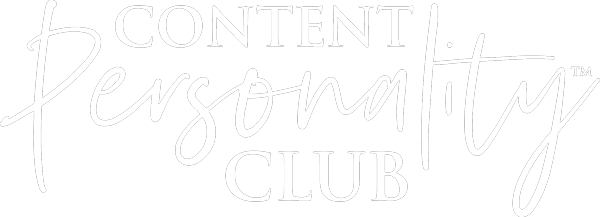-
Would appreciate any feedback on this post:
I have worked for a few really good companies, and they could have been great…
These companies had strong product offerings, great revenue, decent profit, and ‘meh’ people programs.With the tightening labor market, they did not pivot on their people programs. They had higher than comfortable turnover and trouble filling key roles. Which of course, executives blamed HR’s recruiting and not the tight labor market, marginal wages and benefits, old school management, and a lack of growth tracks.
If they had invested in employee growth opportunities and supervisor and manager training, they could have retained people in key roles, the exit interviews said so.
So instead of turning the corner to be great companies, they continue with the status quo, and struggle with staffing, and in turn struggle with growing past being a good company to a great company.The labor market will continue to get tighter and much more competitive over the next few decades, with thousands of Boomers reaching retirement age each day, and a much smaller number of young people joining the work force.
To attract Gen Z employees, learn to speak their language. They want environment responsibility (they are attracted to employers who care), inclusive and safe workplaces, a sense of community and growth paths, and according to The Economist: More flexibility, more security—and more money.
Take steps now to put strong people programs in place, become an employer of choice with a strong employer brand. So people will say “yah, I want to work for that organization”.
Feeling a need to get ahead of the employment competition? Check out our leadership cohort in the comments.
Upcoming classes: The Art of Difficult Conversations. This class is being offered at ½ price next week. Follow the link in the comments. Learn to be confident with difficult conversations and to achieve better outcomes.




It is clear that you have a lot of experience and intel about this topic – perhaps you could frame it a bit clearer off the top so it’s a bit more clear who you serve and what problem you are solving for (in this piece) I can read between the lines but I think the idea is that we shouldn’t make our customers – everyone reads for a “what’s in it for me” approach I think